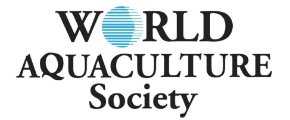TILAPIA FARMING VIA RYDAWI'S FARMINABOX - FROM POND TO RECIRCULATION AQUACULTURE SYSTEM FOR AFRICA
How do we address the current shortage fish for consumption on the African continent? Market trends show that expectation of the consumption of fish will be doubled over the next 50 years. The fact is that there are a low number of commercial fish production operations on the continent, and those that are established are favouring pond and cage farming systems.
Pioneers in this industry have to consider a number of factors when creating new innovative ways to pique the interest of potential developers, farmers and investors, as well as increasing production. These factors include access to good fingerling stock, low cost of a production system, and a system that is robust, flexible, scalable, easily moved and user friendly.
As the table shows the increase in production of a Tilapia farm is higher if the fish are farmed in a tank system, compared to pond farming:
Systems that are built around Recirculating Aquaculture System (RAS) design principles offers a unique and simple way for anyone to enter the world of fish farming with the lowest cost of entry, lowest running costs and lowest technical requirements - and most importantly a higher production rate. The RAS closed-containment aquaculture systems represent a quantum leap forward, both as a lucrative and low-risk business venture as well as the most sustainable and efficient form of aquaculture today, with efficiencies more than 10 times conventional fish farms. Next-generation systems recirculate up to 99 percent of their effluent, have no discharge, use no chemicals or antibiotics, and can be sited close to market, resulting in a fresher product and dramatically lower transportation costs.













